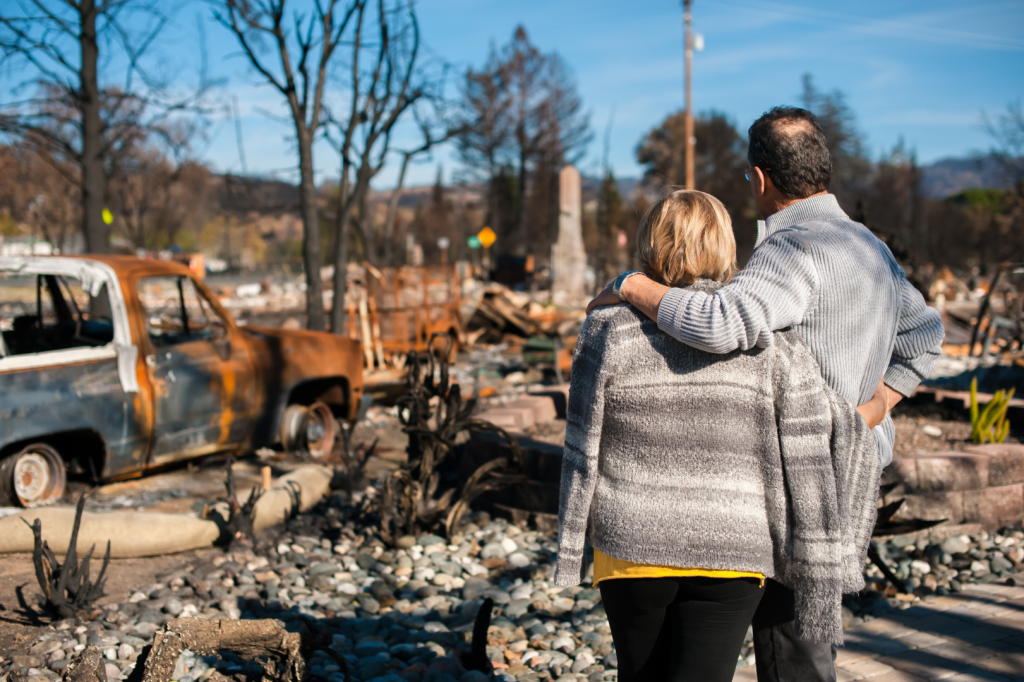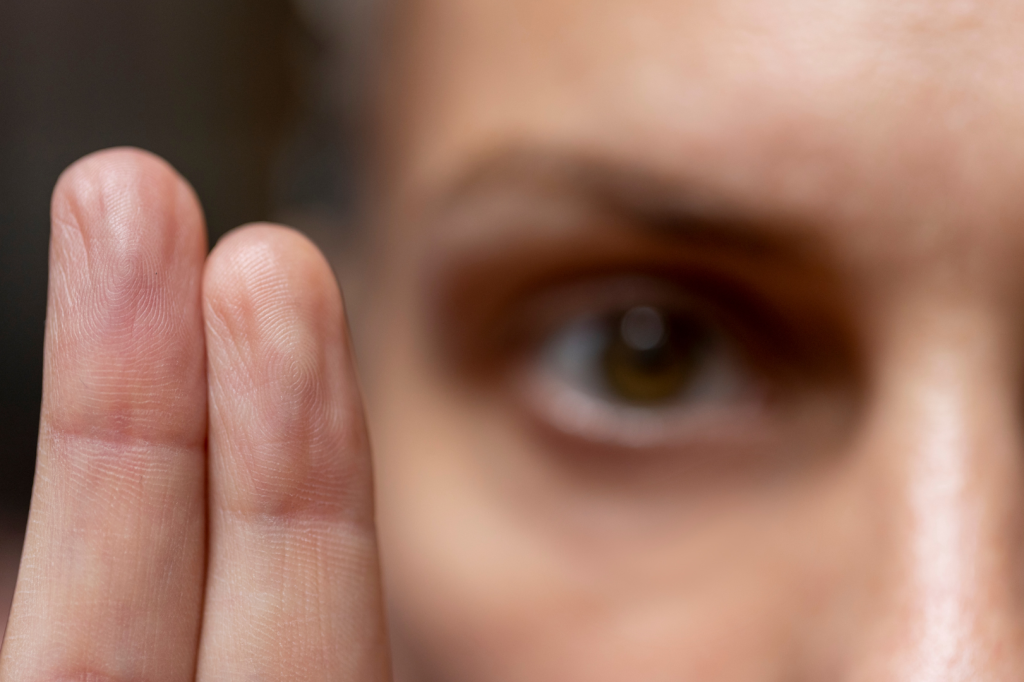Recent weeks have brought distressing events that have shaken many in our region. The earthquake in Bangkok and the tragic fire at Putra Heights in Malaysia have left not only physical devastation but also emotional aftershocks.
For many, these experiences stirred feelings of fear, confusion, grief, and vulnerability. Even those watching from afar may feel shaken. When the world around us feels fragile, our sense of safety can feel fragile too.

Emotional Aftershocks Are Normal
Disasters — whether natural or man-made — leave emotional imprints that may not fade quickly. Some may feel anxiety, sleep disturbances, irritability, or emotional numbness days or even weeks later. Others may find that a new trauma awakens memories of past experiences that had never quite healed.
At times like these, what helps most is human connection. Being listened to — with warmth and without judgment — is powerful. Therapists and mental health professionals provide grounding, validation, and practical tools that help individuals begin to take emotional stock.

EMDR: A Pathway to Healing
One method that continues to bring deep and lasting relief is Eye Movement Desensitisation and Reprocessing (EMDR).
Endorsed by the World Health Organization as a first-line treatment for trauma, EMDR is an evidence-based therapy that helps individuals process and resolve distressing memories — often without needing to talk about them in detail.
How EMDR Works
When trauma occurs, the brain can become overwhelmed and unable to process the experience fully. These unprocessed memories stay “stuck,” often triggering distress long after the event is over.
EMDR uses bilateral stimulation — such as side-to-side eye movements, tapping, or tones — to help the brain reprocess the memory in a safe, structured way. As this happens, the emotional charge of the memory softens, and new, more adaptive perspectives can emerge.
Clients often report that the memory becomes less vivid, the emotional distress fades, and they begin to feel more in control. It’s as if the brain finally gets to finish what it couldn’t during the initial moment of crisis.

Not Just for Recent Trauma
One of the most powerful aspects of EMDR is that it works not only for recent traumatic events but also for older, long-held emotional wounds — from childhood experiences to relationship pain, accidents, or losses.
It doesn’t erase the memory; it changes how that memory lives in the mind and body.
EMDR Training at LCCH
If you’re a therapist, counsellor, or mental health professional wanting to support clients more effectively, this is a meaningful time to add EMDR to your practice.
LCCH is offering a comprehensive EMDR training course beginning in 28 May 2025. This training provides not only the theory and techniques of EMDR but also hands-on guidance, clinical application, and a supportive learning environment.

Healing Is Possible
Trauma doesn’t have to define us — and healing is possible at any stage of life. Whether you’re seeking support or learning how to provide it, know that you’re not alone.
With the right tools and compassionate presence, we can help others — and ourselves — find steadiness, even when the ground has been shaken.
For more information about the EMDR course starting this May, click on the button below.
Stay connected with us for updates, resources, and training opportunities.


